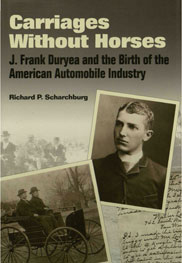Technical Paper
A Forward Collision Warning System Using Deep Reinforcement Learning
2020-04-14
2020-01-0138
Forward collision warning is one of the most challenging concerns in the safety of autonomous vehicles. A cooperation between many sensors such as LIDAR, Radar and camera helps to enhance the safety. Apart from the importance of having a reliable object detector, the safety system should have requisite capabilities to make reasonable decisions in the moment. In this work, we concentrate on detecting front vehicles of autonomous cars using a monocular camera, beyond only a detection method. In fact, we devise a solution based on a cooperation between a deep object detector and a reinforcement learning method to provide forward collision warning signals. The proposed method models the relation between acceleration, distance and collision point using the area of the bounding box related to the front vehicle. An agent of learning automata as a reinforcement learning method interacts with the environment to learn how to behave in eclectic hazardous situations.

